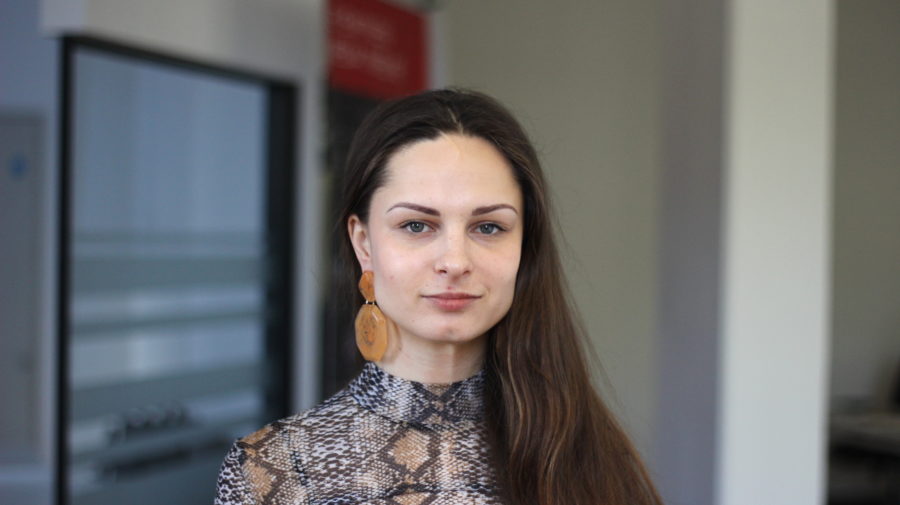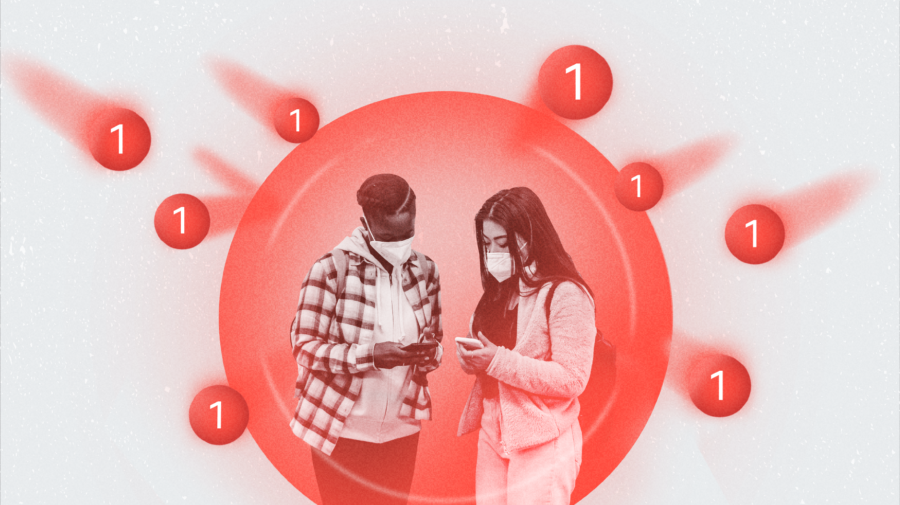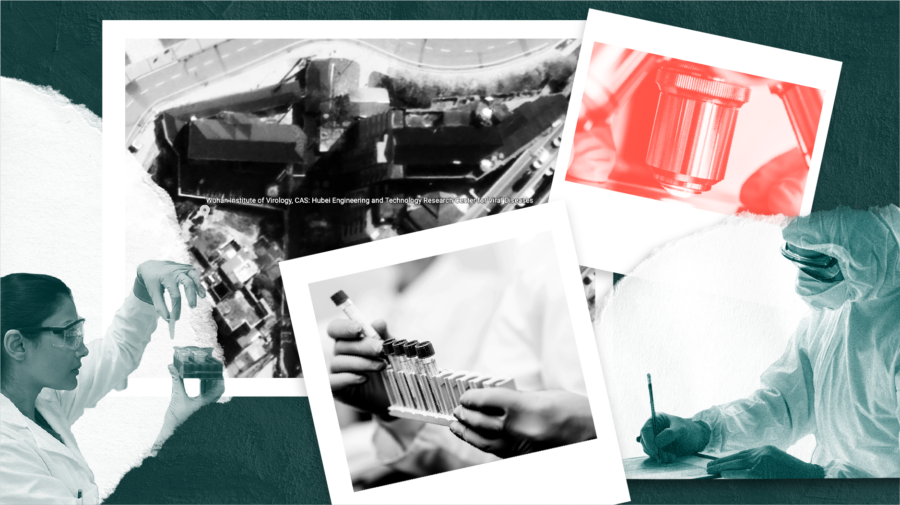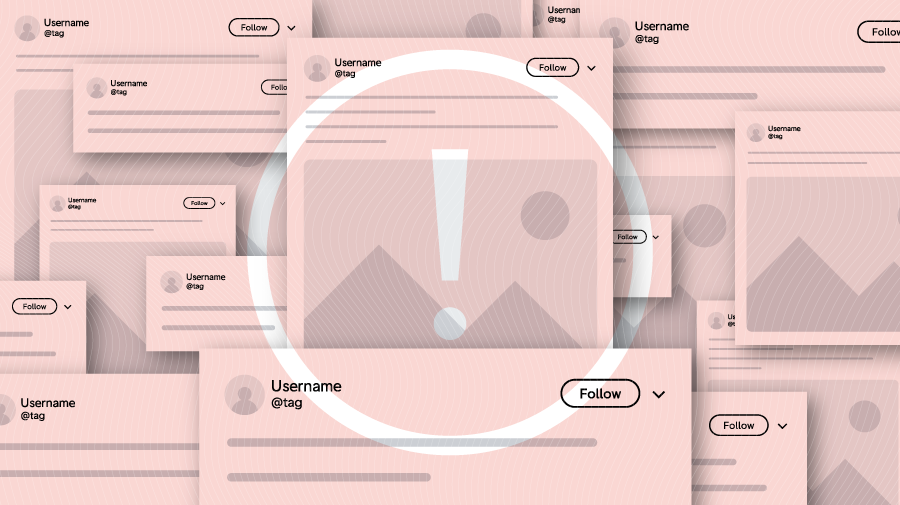When Jekaterina Drozdovica entered First Draft’s London office on a sunny Monday morning for her social media monitoring shift, she had no idea what she might dig up online.
But within three hours, she’d identified possible bots and fake Twitter accounts producing suspicious content about the Baltic states.
The 23-year-old student journalist from Riga, Latvia, who came to London to study journalism at City University, is at First Draft’s London headquarters as part of our training of the next generation of journalists to monitor, investigate and verify online content.
Drozdovica is one of 14 students monitoring social media around the European Union parliamentary elections in recent weeks. She spoke to First Draft at the end of her first session.
First Draft: You completed verification training with First Draft on the fundamentals of online newsgathering, how misinformation spreads and how to use monitoring tools. What were your top takeaways?
Jekaterina Drozdovica: I found the tools very useful – Chrome extensions and different websites. They were very practical and you can just go straight away and start using them right now. The strategic step-by-step framework of what to do. First you check this, then you check this. This structure was very useful.
What types of content have you been looking at?
I’ve been looking at coverage of Baltic states, particularly Estonia where the Russian population is quite high. I was looking at coverage of Estonian politics in relation to the European Union and European issues. It’s been interesting.
Firstly, I was translating all the keywords into Russian and then doing [Boolean search] strings. Then I was monitoring the news and fact-checking some of the pictures and news items.
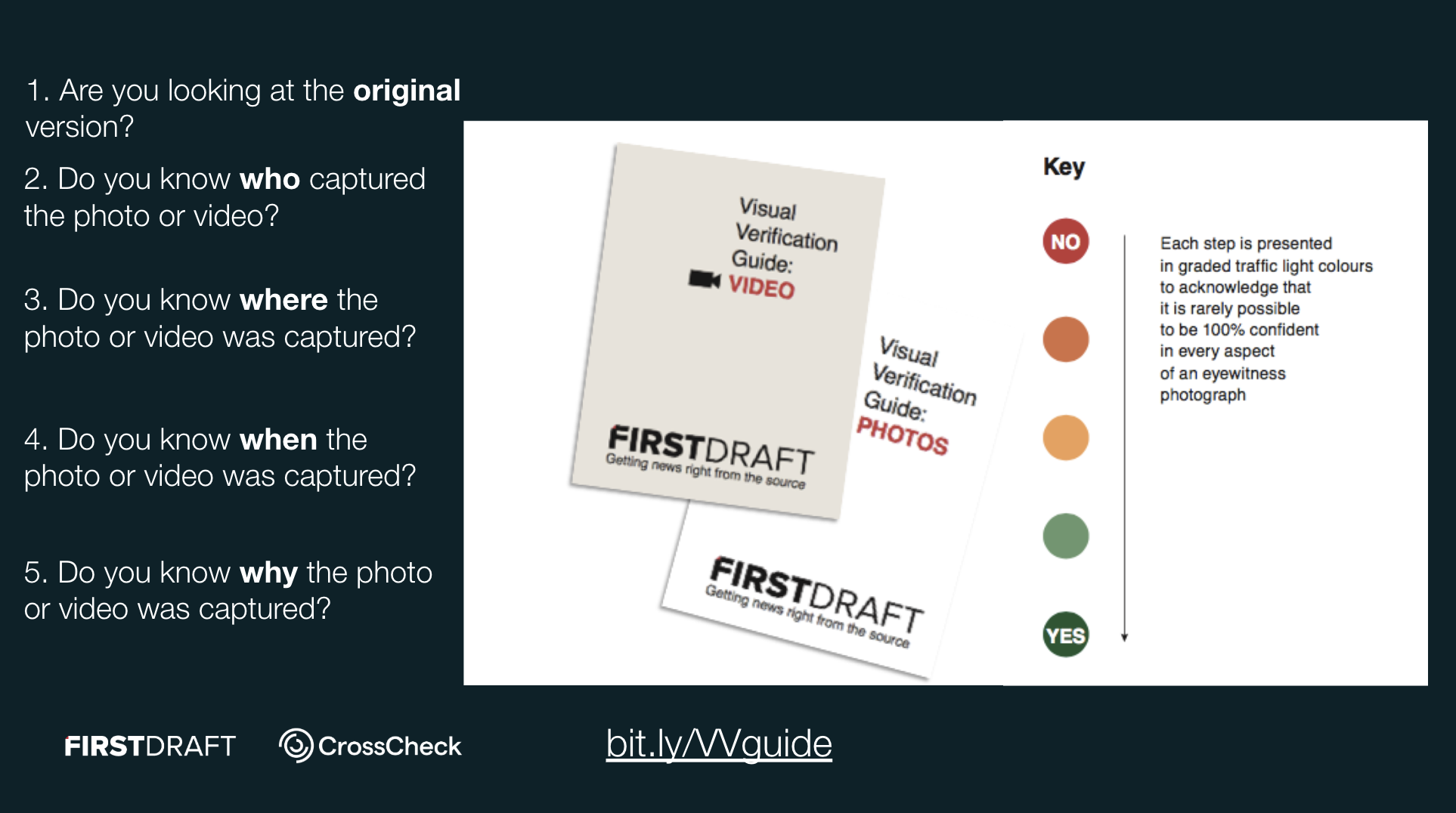
First Draft’s step-by-step guide to verifying a video or image
What trends have you detected so far?
Russian coverage is often quite ironic – trying to patronise Estonia and the fact that it doesn’t have any decision-making power in the European Union. But I also found suspicious content that seems part of the trend of Russian bots related to the Baltic states. There’s a lot of memes. It seems innocent, but the content is so emotional. It doesn’t have to be fake to trigger emotions.
How important do you think verification skills are for journalists today?
They are very important, especially if you work in the news and you gather a lot of news from Twitter or social media. There has been so much conversation about this at university. There is a lot of focus on the need to verify.
How prepared do you feel for your career in journalism?
I feel like you’re never fully prepared but I feel confident I can be with practice. I feel that you learn these skills more while you do them. I’m not afraid. At least my university course makes me feel I can write articles and know what journalism can offer to me.
“Common sense is the best tool you can have”
What specific tools are “must-haves” for journalists investigating misinformation online?
RevEye, the reverse picture search is really useful because it gives you not just Google images, but also Yandex, the Russian search engine, and the Chinese one. CrowdTangle [is useful]. It lets you see engagement and how the news item or link has travelled.
I feel common sense is the best tool you can have as well. For example, if I see some quote I try to Google it, to see if other publications have used this quote. It’s not a tool, but you can feel if something is suspicious.
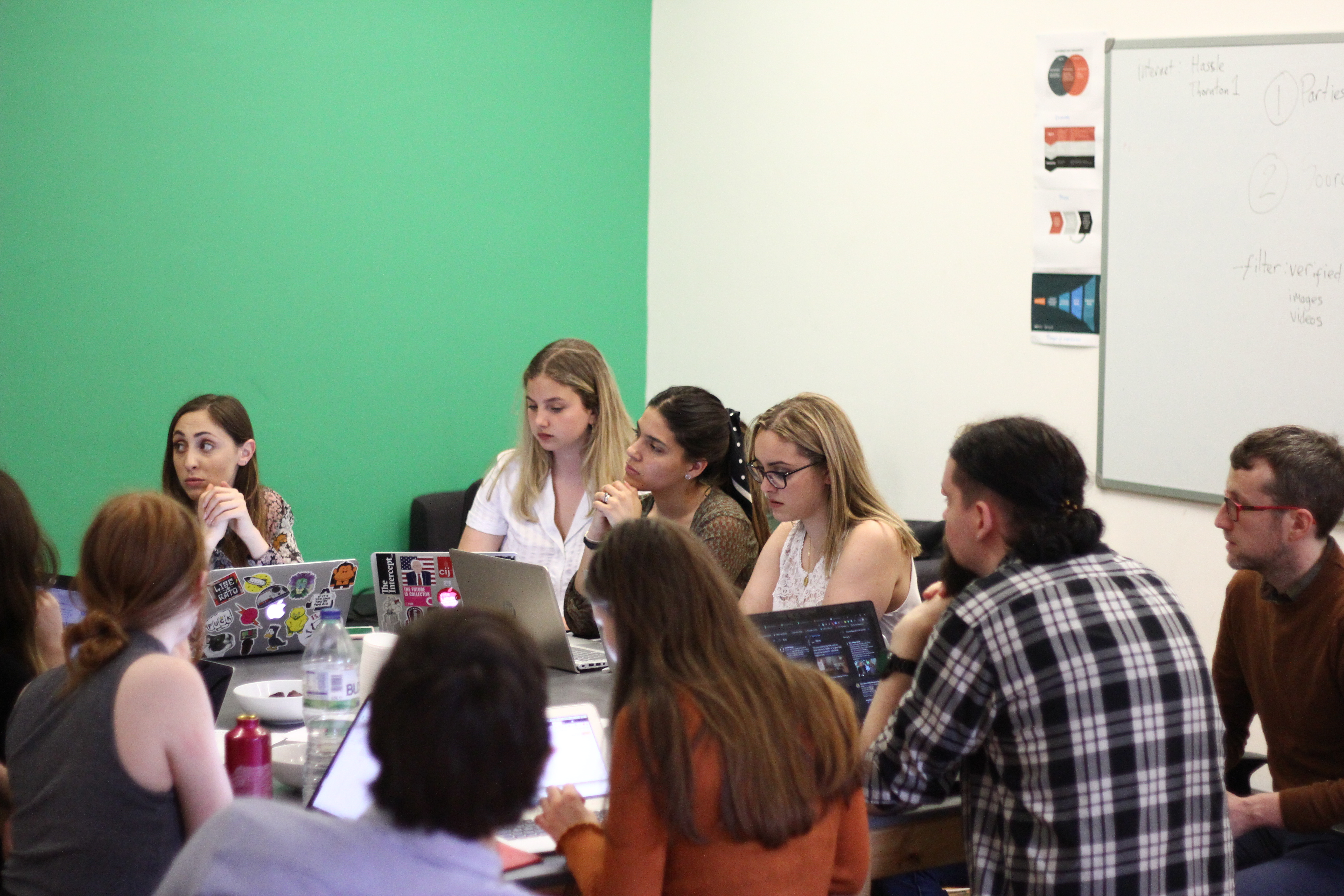
Student journalists at First Draft’s verification training © 2019 Eyewitness Media Hub. CC-BY-NC-ND 4.0 license.
Are there any tools you wish you had that don’t exist?
I wish there was some universal fact-checking tool. Let’s say for statistical data, for example a statement like, “There has been 45% inflation” or the unemployment rate in a country. I wish you could put this data into some universal fact-checker and it would tell you the possibility of this being true. That would be really useful.
In your view, what are the main challenges regarding verification today?
The fact that we have so much content, it’s sometimes hard to navigate. We have so much information, images and videos, sometimes it’s overwhelming to verify everything. The scope of content from the internet, coming from so many sources… How many people do we need to verify everything? And who’s going to pay for it?
“If people were more critical, the information would not be so harmful”
These are big, important questions. In an ideal world, what would make the detection and prevention of disinformation easier and more effective?
Because we have so much information, it will be very challenging to verify everything. We need better media literacy – education on how to spot whether content is fake and critical thinking in schools on how to spot dodgy websites and generally be more critical of content online.
If people were more critical, the information would not be so harmful.
This interview has been edited and condensed for clarity.
To receive email updates from us about upcoming verification training, resources and news, sign up to our waiting list.
Access our free, one-hour course on identifying misinformation by going to https://firstdraftnews.org/learn and clicking the ‘Get Free Access’ button.



